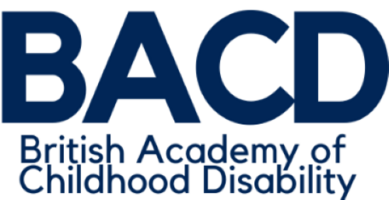Drooling Reduction Intervention randomised trial (DRI): comparing the efficacy and acceptability of hyoscine patches and glycopyrronium liquid on drooling in children with neurodisability
Jeremy R Parr, Emma Todhunter, Lindsay Pennington, Deborah Stocken, Jill Cadwgan, Anne E O’Hare, Catherine Tuffrey, Jane Williams, Mike Cole, Allan F Colver
Abstract
Objective Investigate whether hyoscine patch or glycopyrronium liquid is more effective and acceptable to treat drooling in children with neurodisability.
Design Multicentre, single-blind, randomised controlled trial.
Setting Recruitment through neurodisability teams; treatment by parents.
Participants Ninety children with neurodisability who had never received medication for drooling (55 boys, 35 girls; median age 4 years). Exclusion criteria: medication contraindicated; in a trial that could affect drooling or management.
Intervention Children were randomised to receive a hyoscine skin patch or glycopyrronium liquid. Dose was increased over 4weeks to achieve optimum symptom control with minimal side-effects; steady dose then continued to 12 weeks.
Primary and secondary outcomes Primary outcome: Drooling Impact Scale (DIS) score at week-4. Secondary outcomes: change in DIS scores over 12 weeks, Drooling Severity and Frequency Scale and Treatment Satisfaction Questionnaire for Medication; adverse events; children’s perception about treatment.
Results Both medications yielded clinically and statistically significant reductions in mean DIS at week4 (25.0 (SD 22.2) for hyoscine and 26.6 (SD 16) for glycopyrronium). There was no significant difference in change in DIS scores between treatment groups. By week-12, 26/47 (55%) children starting treatment were receiving hyoscine compared with 31/38 (82%) on glycopyrronium. There was a 42% increased chance of being on treatment at week-12 for children randomised
to glycopyrronium relative to hyoscine (1.42, 95%CI 1.04 to 1.95).
Conclusions Hyoscine and glycopyrronium are clinically effective in treating drooling in children with neurodisability. Hyoscine produced more problematic side effects leading to a greater chance of treatment cessation.
Funding: The Castang Foundation; WellChild; The British Academy of Childhood Disability (Polani Fund); and The Children’s Foundation.
Citation: Parr JR, et al. Arch Dis Child 2017;0:1–6. doi:10.1136/archdischild-2017-313763





